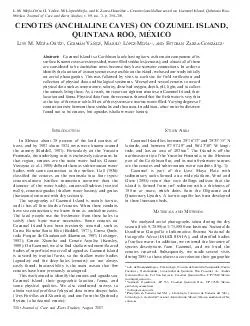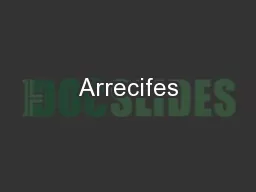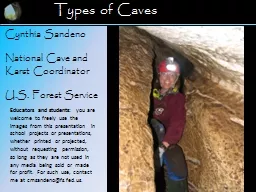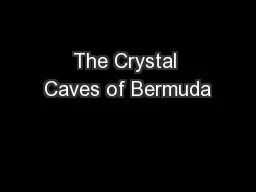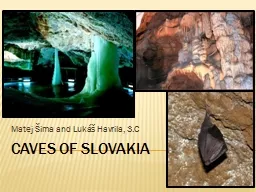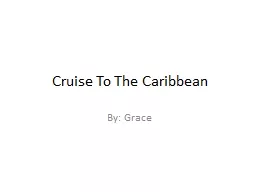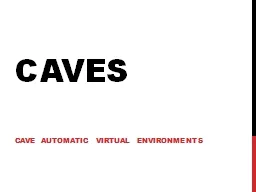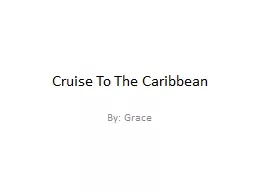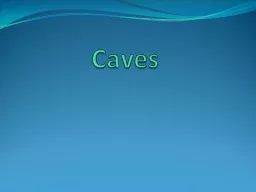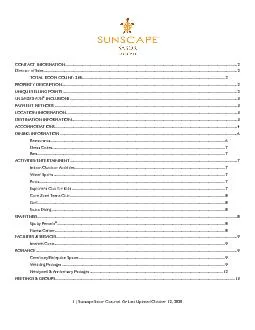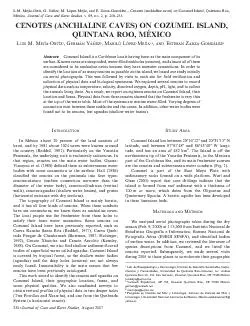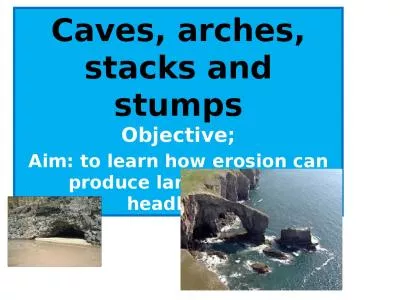PDF-CENOTES ANCHIALINE CAVES ON COZUMEL ISLAND QUINTANA ROO ME XICO UIS M
Author : pasty-toler | Published Date : 2014-11-23
M EJI O RTI G ERMA EZ M ARILU PEZ M EJI 13 AND STEBAN ARZA G ONZA LEZ Abstract Cozumel Island is a Caribbean locale having karst as the main component of i ts surface
Presentation Embed Code
Download Presentation
Download Presentation The PPT/PDF document "CENOTES ANCHIALINE CAVES ON COZUMEL ISLA..." is the property of its rightful owner. Permission is granted to download and print the materials on this website for personal, non-commercial use only, and to display it on your personal computer provided you do not modify the materials and that you retain all copyright notices contained in the materials. By downloading content from our website, you accept the terms of this agreement.
CENOTES ANCHIALINE CAVES ON COZUMEL ISLAND QUINTANA ROO ME XICO UIS M: Transcript
Download Rules Of Document
"CENOTES ANCHIALINE CAVES ON COZUMEL ISLAND QUINTANA ROO ME XICO UIS M"The content belongs to its owner. You may download and print it for personal use, without modification, and keep all copyright notices. By downloading, you agree to these terms.
Related Documents

